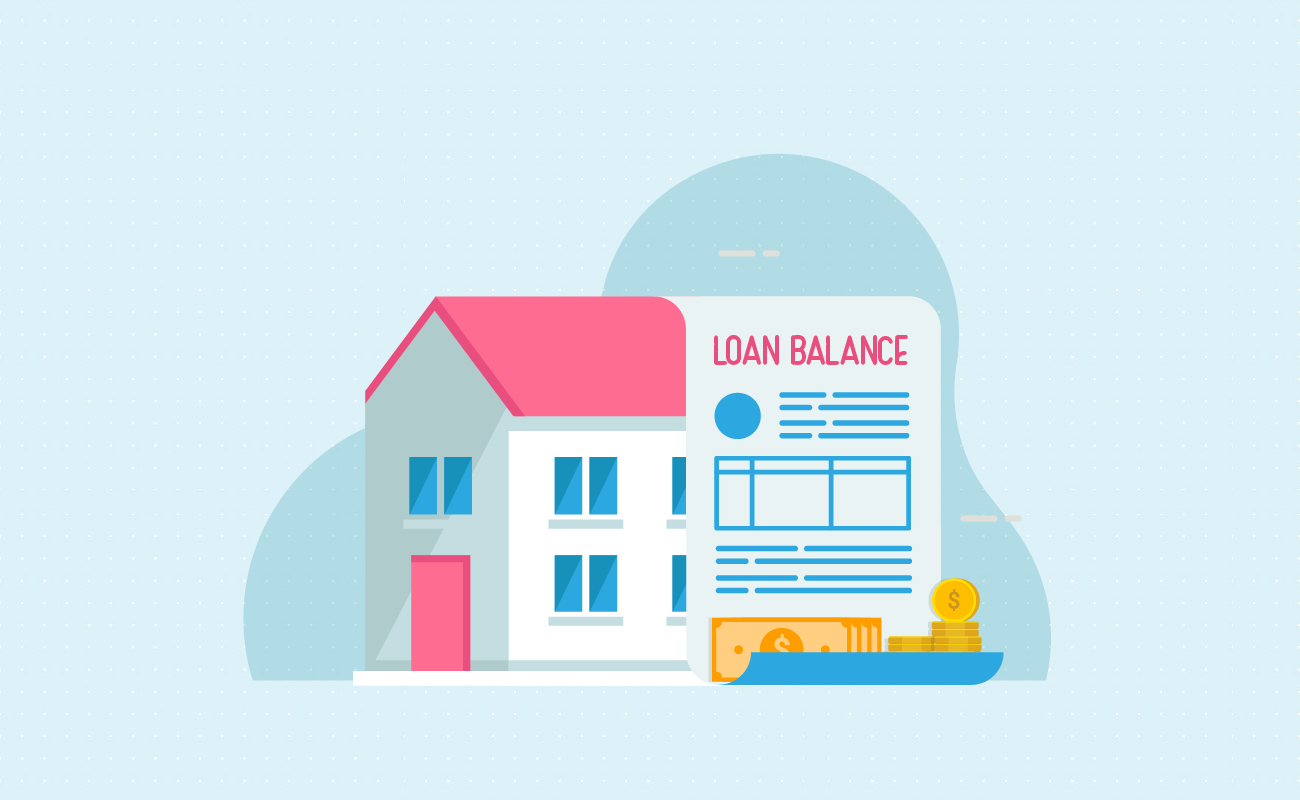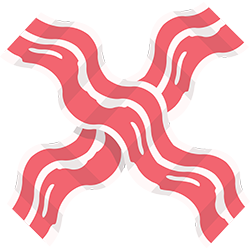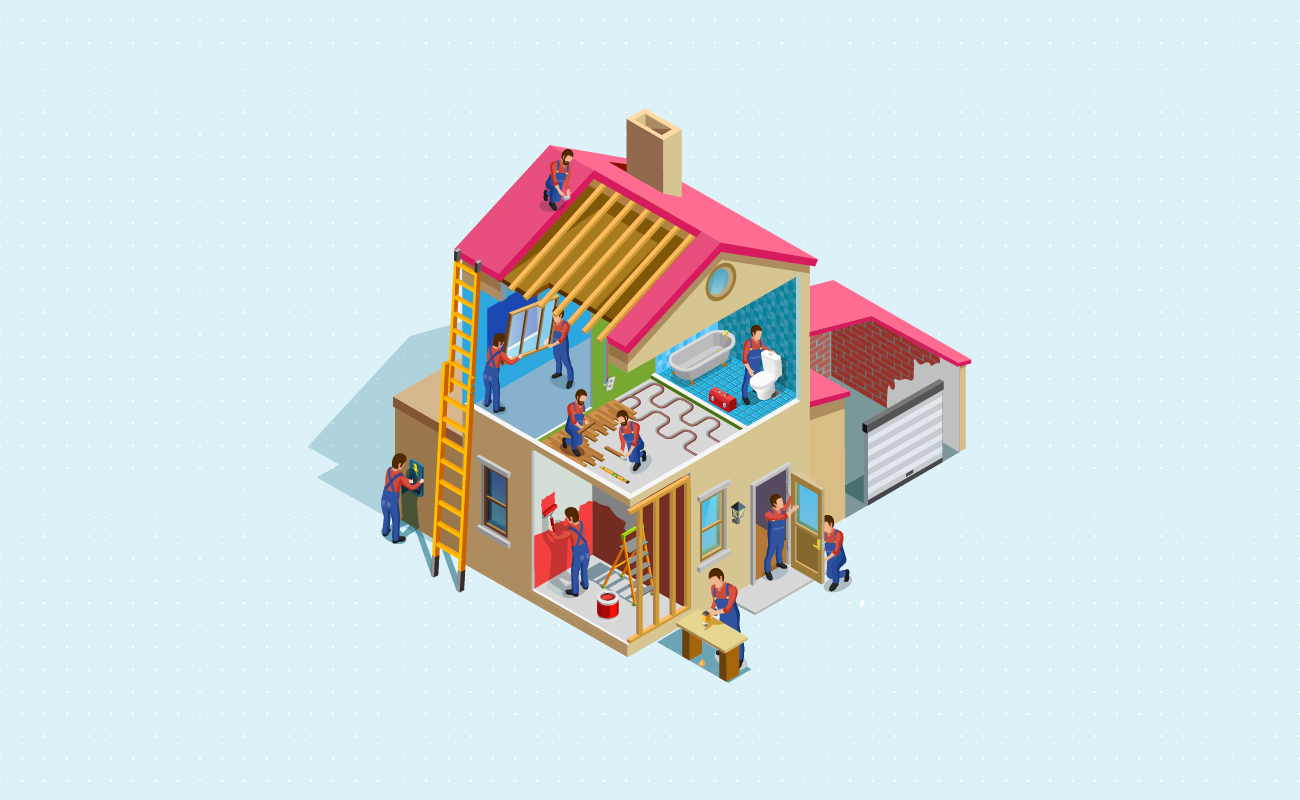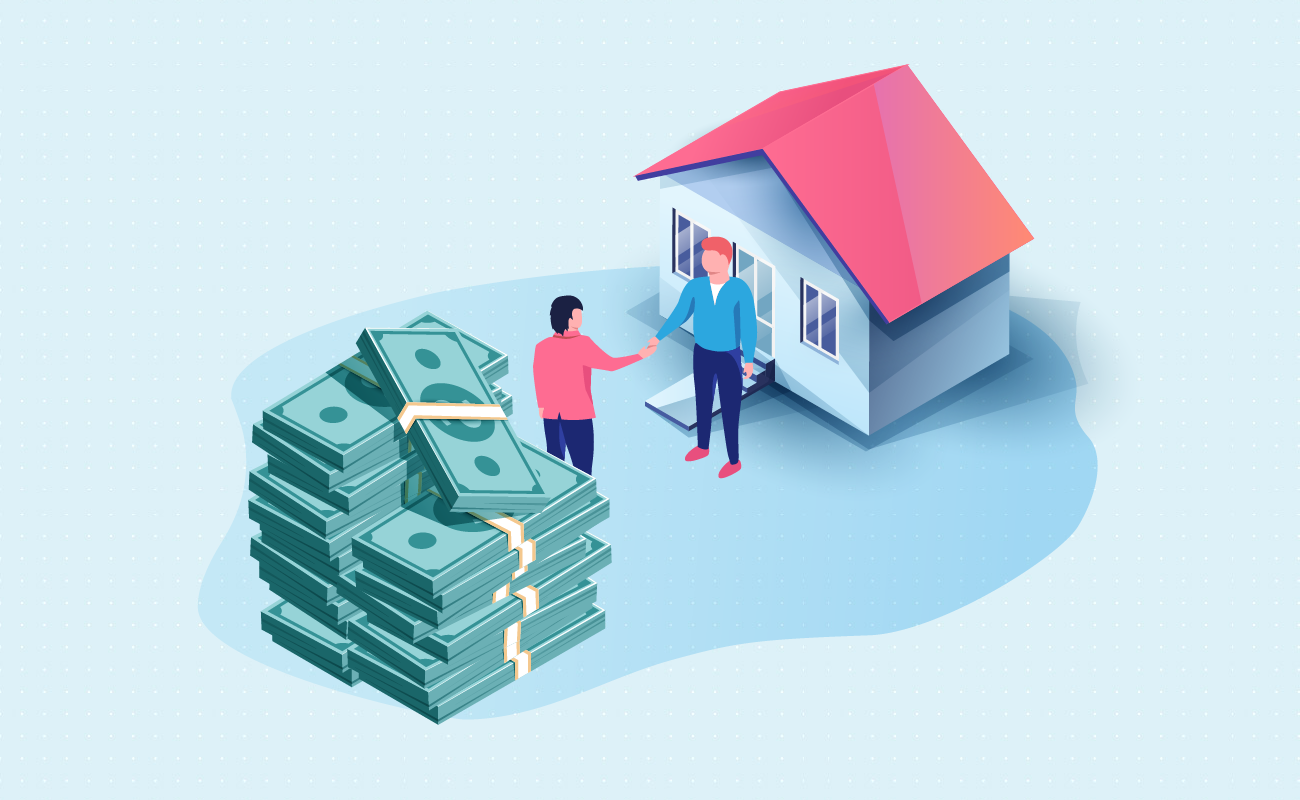Fixed Rates
30 yr
25 yr
20 yr
15 yr
10 yr
Compare Terms
Compare Rates
Real APR
Adjustable Rates
Qualification
Affordability
Renter Affordability
Rent vs Buy
Price per Square Foot
Jumbo
Home Sellers
 Mortgage Refinance Loan-to-value Qualifier
Mortgage Refinance Loan-to-value QualifierThis calculator estimates how much equity a homeowner has available to cash out when refinancing their home, for up to four lender Loan-to-Value ratios (percent of value of home a lender is willing to loan out). Enter your existing first and second mortgage debt outstanding and see how much equity is available.
Lenders typically allow borrowers to extract up to 80% to 85% of their home equity, though credit conditions change over time and highly valued customers may be allowed greater access to equity.
Guide published by Jose Abuyuan on September 11, 2020

If you’ve bought your home through a mortgage, only a small part of it is actually yours at the start. Your home equity, as it is called, is determined at first by the size of your down payment. The larger this payment is, the more of your new home you own. You build up home equity by paying down your mortgage. Once your mortgage is paid off, you now have 100 percent of your home’s equity. It would also grow with the value of your home; that’s money you didn’t have to work for.
A greater amount of equity represents wealth you’ve secured through your home. This, of course, also means that your wealth is illiquid. But there are ways to tap into that money. However, you will need to have enough equity in your home to do it. One way to measure how much equity you’ve built up is through your loan-to-value (LTV) ratio.
This ratio measures the proportion of the loan balance relative to the value of an asset, such as a residential property. Much like debt-to-income ratio, it is often expressed as a percentage. A layperson usually encounters this term in real estate. Here, your LTV ratio represents the percentage of money you still owe on your home. LTV can be calculated using the following formula:
LTV = (mortgage balance / home value) x 100
For instance, let’s assume you own a home that costs $300,000 and your current mortgage balance was $240,000. Here’s what your LTV ratio would be:
The LTV ratio also indicates how much equity you have in your home. In the above example, you own 20 percent of your home. The smaller your LTV ratio is, the more of your home belongs to you. At the onset, this ratio is important in reducing costs when you purchase a house. Over time, when you build enough equity, your LTV ratio will also let you borrow against your equity using your home as collateral. If you ever find yourself in need of more cash, your home equity might serve as that lifeline.
Your LTV ratio is measured by the amount you’ve borrowed for your mortgage versus the amount your home is worth. It is the opposite of your home equity, which is the percentage of your home that you already own. The lower your LTV ratio, the greater your equity. At the very start, you can derive your LTV ratio from the percentage of the down payment you paid up front. It’s as simple as subtracting this percentage from 100.
LTV = 100 – down payment percentage
For instance, if you bought a house and paid a 20 percent down payment, your LTV will be 80 percent. Later on, you can keep track of your LTV based on your remaining mortgage balance.
Suppose you bought a home worth $300,000 and your current mortgage balance was around $160,500. In this example, let’s see what your LTV ratio would be:
By the time your balance reaches $160,500, you now own almost half of your $300,000 home.
In most cases, your LTV ratio goes down over time as you pay off your loan and inflationary monetary policies cause asset prices to go up. Over time, your home typically appreciates in value while your mortgage stays the same. The amount you owe also decreases as you make payments. Appreciation and timely payments are your greatest allies in building equity. Any improvements you make in your home will also raise its value.
In some rare cases, your LTV might actually increase. This happens when the value of your home goes down. This can happen when any of the following sorts of events happen:
In these circumstances, you could owe more on your home than it is actually worth. This is called “being underwater.” Fortunately, these cases are rare. Real estate devaluation usually only happens during exceptional events like market crashes.

Many first time buyers in the U.S. choose to buy homes with a down payment of around 10 percent. Some lenders offer even lower down payments. Some government-backed loans, like those from the Federal Housing Administration (FHA), accept 3.5 percent minimum down payments. Lending programs like Freddie Mac’s Home Possible also allow down payments as low as 3 percent. But these low downs come with a tremendous cost. Rural homebuyers can enjoy 0% down loans through the USDA while active duty military and veterans can access zero down loans from the VA.
For lenders, the LTV ratio is an important gauge of risks. Each loan they extend comes with the risk of losses should their debtor fail to pay back their loan. The greater the amount they lend, the more risks they take on. These risks are compounded by the perception of the borrower’s ability to pay. Borrowers with a high LTV ratio are seen as riskier since they paid less for their own home out of pocket.
To hedge against these risks, lenders often charge risky borrowers with higher annual percentage rates (APRs). Lenders also add private mortgage insurance (PMI) for conventional mortgages, which must be paid by the borrower. This is an extra cost that benefits only the lender. Borrowers could spend anywhere between 0.5 to 1 percent of the total amount of the loan on PMI each year. Thus, borrowers who have a low LTV ratio at the start end up paying more for the same house.
Let’s see how much more you would need to spend to buy the same house with different starting LTV ratios. How much would you save if you paid a higher down payment? For this example, we’ll assume you plan to buy a house that costs $300,000. You have the option of paying a 10 percent or 20 percent down for a 30-year fixed-rate mortgage:
| Loan Details | 10% Down | 20% Down |
|---|---|---|
| Cost | $300,000.00 | $300,000.00 |
| Down Payment | $30,000 | $60,000 |
| Principal | $270,000.00 | $240,000.00 |
| Interest Rate (APR) | 3.5% | 2.7% |
| PMI Rate | 0.7% | 0 |
| Closing Costs | $2,000.00 | $2,000.00 |
| Term | 30 years | 30 years |
| Initial LTV Ratio | 95% | 80% |
Using our mortgage calculator, let’s see how much each of these mortgages would cost:
| Expense | 10% Down | 20% Down |
|---|---|---|
| Monthly Principal + Interest | $1,212.42 | $973.43 |
| Monthly PMI Payment | $157.50 | 0 |
| Number of PMI Payments | 76 | 0 |
| Total PMI Costs | $11,970.00 | 0 |
| Total Interest Paid | $166,471.44 | $110,436.35 |
| Total Financing Costs | $180,441.44 | $112,436.35 |
Based on the above example, you’d save an extra $68,005.09 in interest and closing costs if you had the lower LTV ratio.
Mortgage insurance does not forever. By law, PMI on conventional mortgages last only until the borrower’s LTV ratio reaches 78 percent. This number is based on the last appraised value of the property. If your home grows in value in the interim, you could be eligible to end your PMI sooner than expected.
In general, it is in your best financial interest to have a low LTV ratio upon purchase. A downpayment of at least 20 percent equtes to an LTV ratio of 80 percent or below. That lets you bypass private mortgage insurance and qualify for lower annual percentage rates. You’ll save a lot of money on interest payments.
In May 2020, Realtor Magazine noted that one in four American homeowners were “equity rich.” These homeowners owned more than 50 percent of their homes. Besides being a point of pride, owning most of your home also works to your advantage to provide financial flexibility. If you find yourself strapped for cash, you could rely on your home’s equity to open up new sources of funds. An LTV ratio of 80 percent or less qualifies you for cash-out refinancing, home equity loans, and home equity lines of credit (HELOCs).
Refinancing is taking out a new loan which is used to pay off your existing mortgage. When you refinance, it usually changes your interest rate and payment term. Most people refinance their mortgages to pay off their homes with more favorable terms. You can choose a lower interest rate to reduce your interest charges or even shorten your term to pay your mortgage faster. In the right circumstances, you can save a lot of money you would have spent on interest. Though it entails increasing your monthly payments, it’s a good tradeoff that builds equity faster. Your refinancing rate should be low enough to offset your closing costs within 5 years at the most. The date when the interest savings more than compensate for the closing costs is called your break even point.
Refinancing is not fast and easy. For starters, closing will cost you a lot of money up front, which is typically between 2 percent to 5 percent of the amount borrowed. The new rate and term you choose should also be low enough to save you money and justify the expenses. Depending on your current financial state and broader market conditions, it might not always be viable. Refinancing usually requires a credit score of at least 620 for approval. If your score is low you might not qualify for a low enough rate or be afford higher monthly payments. Moreover, to make refinancing an option, you usually need an LTV ratio of 80 percent or less.

To take full advantage of refinancing, get a rate that is two percentage points lower than your current mortgage. Securing a low enough rate can help you recoup the closing costs within two years.

Most people refinance to lower the monthly or total costs of their mortgages, but that’s not their only use. Cash-out refinancing can help you receive a large amount of liquid money without incurring a separate debt. This can come in handy when you have a large amount of expenses upcoming. Is your house in dire need of repairs? Do you need to consolidate high-interest debts? Cash-out refinancing can help.
Cash-out refinancing works the same way as regular refinancing. However, your new mortgage will have a principal greater than your previous balance. Some of this amount will be used to clear your old mortgage and its associated expenses. You will receive the rest as cash, which you are free to use as you see fit. But you get the most benefit if you use the money to repair and expand your home. You may also qualify for a mortgage interest tax deduction if you use the money to build or improve your home.
Let’s presume you have a home worth $300,000 and a mortgage balance of $150,000. Your family is growing and you need to expand your home. The expansion will cost you $50,000. Thus, you opt to refinance your mortgage with a new balance of $200,000. This would yield up to $50,000, which you can spend on your major home improvement expenses.
In cash-out refinancing, you lose some of the home equity you’ve built up in the past few years, which raises your LTV ratio. In our example, here’s your starting LTV ratio:
And here’s the LTV ratio based on your new mortgage:
With cash-out refinancing, lenders usually prefer borrowers with at least 20 percent equity remaining in their home. This means you typically cannot borrow over 80 percent of your home’s value. However, individual lenders have varying standards, which means their requirement can change as general market conditions do. In our example, you still have 33.33 percent of your equity. Here’s the maximum amount you can borrow:
As a major advantage, cash-out refinancing has lower rates compared to personal loans and credit cards. Both personal loans and credit cards are forms of unsecured debt. Because they are not backed by collateral like mortgages, they are assigned much higher rates. Credit cards in particular charge compound interest. You pay interest not only on your unpaid balance but also on the interest that balance had earned before. This can cause your debt obligations to balloon out of proportion. Personal loans, on the other hand, have high rates which need to be paid within a short term. Terms could be between 2 to 12 years. Paying high-interest debt in a short time is risky and will strain your finances.
Moreover, many people use cash-out refinancing to consolidate high-interest debts. Even though the new mortgage would have a higher interest rate, you can still save money. Consolidating your debts onto your mortgage means that you are only paying one debt. Because they are backed by your home, cash-out refinancing has a much lower APR than credit cards or personal loans. However, the rates of your new mortgage will likely be higher than your original mortgage.

Only use cash-out refinancing to consolidate high-interest debt if you can control your spending. Do not choose this option if you are not ready to commit to a budget. The plan may backfire if you rack up more credit card debt in the future. With your home serving as collateral, you risk foreclosure if you fail to pay back your loan.
Unlike a second mortgage, cash-out refinancing does not add a separate mortgage payment to your budget. That’s less debts to keep track of and worry about.
However, there are drawbacks to paying for your home through cash-out refinancing. For starters, you are resetting your mortgage and losing home equity in the process. You also need to pay up-front closing costs like you did with your original mortgage. If you reset or extend your mortgage term, you will likely end up paying more interest in the long run.
Cash-out refinancing is ideal for a narrow band of major expenses, and only if you have a good credit score. You should only pick expenses whose guaranteed return outweighs the long-term costs. As a rule of thumb, cash-out refinancing works better for larger expenditures. Smaller home improvement projects might not be worth the trouble of extending your mortgage. For major expenses such as full renovation projects, or large medical expenses, cash-out refinancing might work better.
Apart from cash-out refinancing, you can tap home equity by taking a second mortgage. This is a lien you take out against your property which already has a mortgage. With a second mortgage, your lender takes a lien against a portion of your home that you’ve paid off. You take the money and pay it back as agreed with your lender. Borrowers have the option to take their second mortgage as a lump sum fund through a home equity loan. For those who want to take the money as a credit line, they can get a home equity line of credit (HELOC).
The interest rates on second mortgages tend to be higher than the rates on first mortgages as the first mortgage holder has the first claim in the event of default.
Home equity loans are a good financing option for home improvement. This allows you to make interst expenses tax deductible, while helping increase your property’s value. In other cases, some people use home equity as an alternative to auto loans. If you only qualify for subprime rates, a second mortgage might give you a better APR.
You can also use your equity for other major expenses such as your child’s college tuition, or to cover large medical bills. If you want the cash in a lump sum to pay slowly over time use a home equity loan. If you want to use your equity more like a credit card where you periodically run a balance then quickly pay it off use a HELOC.
Like cash-out refinances, the amount you can borrow from a home equity loan is contingent upon your LTV ratio. The greater your home equity, the greater the amount you can borrow. Lenders base your borrowing limit on a percentage of your home’s value minus the balance of your mortgage. This percentage is usually capped to about 85 percent. In practice, it can be much lower, depending on your credit history, income, and your home’s market value.
Using our previous example, let’s see how much money you can get if you sought a home equity loan or HELOC. Each lender caps your home value at different percentages.
| Percent Appraised | 75% | 80% |
|---|---|---|
| Max. Debt | $225,000.00 | $240,000.00 |
| Less Existing Debt | $150,000.00 | $150,000.00 |
| Credit Limit | $75,000.00 | $90,000.00 |
| Remaining Home Equity | $75,000.00 | $60,000.00 |
Unlike cash-out refinancing, home equity loans do not reset your mortgage. If you’re well on your way to paying off your mortgage, you can clear it on schedule. Applying for a second mortgage is easier, especially if you make monthly mortgage payments on time. You proved that you can make punctual payments and have something to offer as collateral. The lenders who gave you your first mortgage might even be more receptive; they’ll be making more money from the same house. Moreover, a second mortgage has more affordable closing costs than cash-out refinances because the loan or credit line is much smaller.
Much like cash-out refinancing, you receive home equity loans as lump sums. Before applying for this loan, you must decide how much you’ll need to borrow in advance.

Unlike cash-out refinancing, taking a second mortgage such as a home equity loan keeps your original mortgage terms intact. You do not need to let go of your previous mortgage if you’re happy with your current rate. If you’ve locked in a low APR on the first mortgage, this stays the same. However, you are now paying for two mortgages instead of one. If you do not manage your budget properly, this can strain your finances.
Home equity loans typically charge a 2% to 5% closing cost, but this cost is only applied against the size of the second mortgage, which saves you money when compared against a similar closing cost percent on a refinance of your entire mortgage balance.
Home equity loans come with a fixed-rate term. This means you can make predictable monthly payments that remain the same throughout your loan. It ensures you can afford your mortgage even if market rates increase over time. It’s an advantage over revolving lines of credit such as HELOC, that usualy come with an adjustable rate. Consider taking a home equity loan if you’re borrowing a specific amount of money to fund major costs. You will also not be tempted to withdraw more money from your equity unlike a HELOC.
Lenders extend home equity loans based on their confidence on your ability to pay. You might have a difficult time applying for a second mortgage if you have a poor credit score or if your debt-to-income (DTI) ratio is too high. Generally, you will not get approved if your DTI ratio is over 50 percent. Work on reducing your debts before taking a second mortgage.
In the past, you can write off second mortgage payments as you would your first one. Irresponsible people could fund dream vacations and other frivolities with home equity loans. Today, this is no longer the case, thanks to the Tax Cuts and Jobs Act of 2017. Interest from cash-back refinancing and second mortgages are now only tax-deductible if used in home improvement.
These new rules also imposed a limit to the deductibles. The IRS states you can deduct up to $750,000 if you are single and the head of the household. For for married couples filing separately, you can deduct up to $375,000. Homeowners whose mortgages originated before the Tax Cuts and Jobs Act can deduct interest on up to $1 million if they’re the head of the household, and $500,00 if they’re married and filing separately. Be sure to keep any home-improvement related receipts for your itemized deductions to track your expenses.
HELOCs provide you with a revolving line of credit similar to a credit card. This allows you to withdraw cash as needed up to an pre-approved limit while paying interest against the amount you borrowed. As with home equity loans, HELOCs are dependent on your LTV ratio for your draw limit. You can access these funds either through a checking account or through a card issued by your lender. In theory, you can use as much (or as little) of your HELOC as you see fit.
A HELOC is divided into two phases. During the draw phase, you can borrow as much money as you want up to your credit limit. During this time, your monthly payments are much lower since you are only making interest payments. The draw period can last up to ten years. After this comes the repayment period, which can last up to 20 years. Your payments can increase at double the amount you paid before.
Unlike with credit cards, you can only use a HELOC during the draw period. A HELOC cannot be used again until your balances are cleared during the repayment period.
Opening a HELOC is ideal if you need money to cover expenses for an extended period. It ensures you can still pay for any unexpected expenses even if you overshoot your budget. Apart from financing home improvement projects, they can also be used as a source of emergency funds. This lets you tap into your home’s value when you need it the most.
Unlike refinancing or taking a home equity loan, HELOCs do not generally charge closing costs. However, you may pay $300 or $400 for home appraisal. If you have an unused credit line, some lenders may charge an annual fee of up to $100 to keep the account active.
On the downside, HELOCs come with an adjustable interest rate, which means rates might rise or fall depending on current market conditions. Because of this, your monthly payments are likely to increase over time. While you can make smaller monthly payments at first, this will not be the case forever. Unlike fixed-rate mortgage payments, varying payments are harder to plan around. This can be risky if you have a tight budget.
Finally, because HELOCs are a convenient source of funds, they are prone to abuse. You might be tempted to buy frivolous expenses with them. Your debt can be as toxic as any credit card bill. And even if you can control your spending, sometimes you can’t opt out of it. Some lenders demand a minimum withdrawal early on in the draw period to justify setting up the account. This minimum could be larger than the amount you actually need.

Ask your lender if you can waive or reduce the minimum withdrawal requirement. If they refuse to budge, look elsewhere. Don’t be afraid to walk away from bad deals.

The COVID-19 pandemic has taken its toll on everyone’s finances, especially those with average incomes. For a time, HELOCs became an option for emergency financial assistance during quarantine. Between stimulus checks, a HELOC can provide a flexible source of much-needed funds. Unlike other loans, this lets you borrow only what you need. While far from risk-free, it could keep you afloat in a pinch.
However, in April 2020, Wells Fargo and JPMorgan Chase suspended HELOC applications due to economic uncertainty caused by COVID-19. Chase identified cash-out refinancing as a potential alternative. True enough, this could be fortuitous for some borrowers. Already, many homeowners are eager to take advantage of prevailing lower rates. Extending your mortgage may not be a bad deal. But this comes with its own caveats.
The economic distress brought by the COVID-19 pandemic caused the world economy to go into a recession. This led to an estimated $6 billion loss for Freddie Mac and Fannie Mae. Because of this, both GSEs published lender guides announcing they will require a 50 basis point Adverse Market Refinance Fee.
The fee was originally scheduled on September 1, 2020 but was moved to December 1, 2020 to cushion the shock on mortgage lenders. Refinances with a balance under $125,000 are not assessed this fee. If you want to avoid the 0.5 fee, you should apply by early October so the loan can still be approved before the December 1 deadline.
In tough economic times, lines of credit could be hard to come by. While tapping into your home’s equity might seem like a good idea, do so with caution. You are risking what could be your life’s biggest investment.

Being property-rich can be both a blessing and curse. On one hand, you’ve accumulated a lot of wealth that’s only going to keep growing. On the other, your wealth is tied to your house, an asset that is difficult and risky to liquidate.
To tap your equity, don’t be afraid to look for the best mortgage deals. The market for HELOCs and home equity loans is competitive. Lenders will provide you with discounts and rates if they know you’re shopping around.
The type of loan or credit line you choose will depend on your current financial situation and precise needs. A cash-out refinance might work if you want to change your mortgage while borrowing money against your equity. But if you’re not keen on changing your current mortgage terms, look into HELOCs and home equity loans. HELOCs provide a revolving line of credit that lets you borrow money as needed. On the other hand, home equity loans require you to estimate a specific amount, which is given to you as a one-time lump sum fund. It’s an ideal option if you’re keen on borrowing a limited amount.
Before borrowing against home equity, ask yourself if you can take on the extra debt. You can only justify a loan you’re certain you can pay it back. Look into your finances with care and assess if your budget can handle it. To reduce your risks and repayment obligations, only borrow what you need.
Want to leverage your home to pay off your debts? Check out our guide on our home equity consolidation calculator.
Jose Abuyuan is a web content writer, fictionist, and digital artist hailing from Las Piñas City. He is a graduate of Communication and Media Studies at San Beda College Alabang, who took his internship in the weekly news magazine the Philippines Graphic. He has authored works professionally for over a decade.